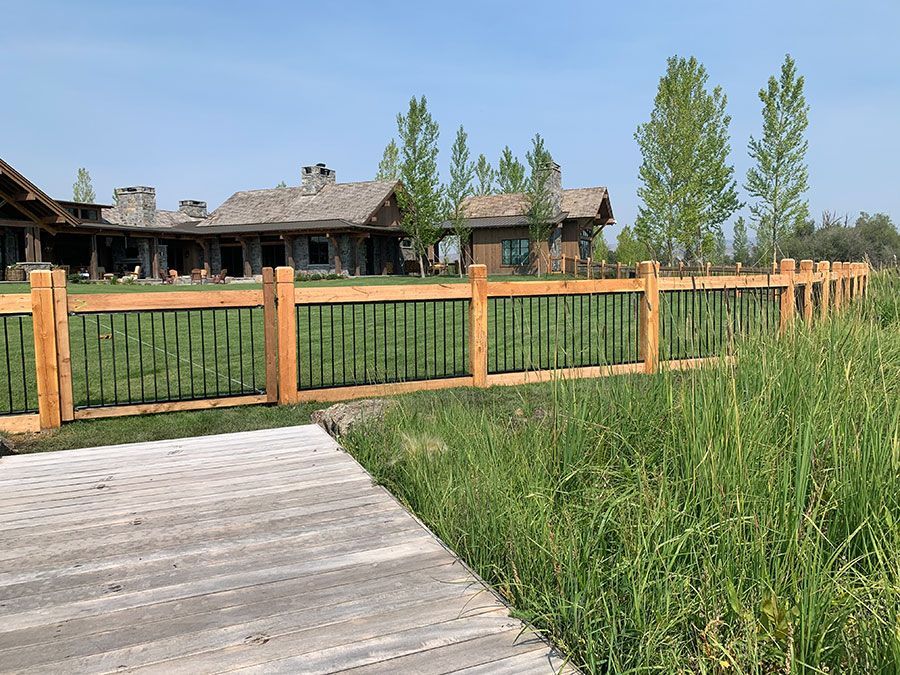Installing continuous panel fencing can be easy—if you steer clear of these common mistakes.
1. Poor Site Preparation
Proper preparation of the site is key to ensuring the installation goes smoothly. Without it, you may face uneven fencing or other complications. Some common mistakes are:
- Failing to clear debris and vegetation from the site.
- Not leveling the ground properly before installation.
- Ignoring soil testing to ensure stable post placement.
Tip: Take the time to prepare the site thoroughly to avoid costly adjustments later.
2. Incorrect Measurements
Accurate measurements are the foundation of a successful fence installation. Errors here can lead to wasted materials and uneven sections. Key issues include:
- Not measuring the entire perimeter of the fence line.
- Failing to account for gates and access points.
- Misjudging panel spacing or post placement.
Tip: Always verify your measurements and develop a comprehensive plan before proceeding.
3. Choosing Cheap Materials
Using cheaper materials to cut costs can end up costing more in repairs or replacements. Here are some mistakes to watch out for:
- Using untreated or low-grade metal panels prone to rust.
- Choosing subpar hardware that weakens over time.
- Opting for cheaper finishes that don’t withstand harsh weather.
Tip: Invest in high-quality, durable materials for a fence that lasts.

4. Not Checking Local Fencing Codes
Each region has its own rules and regulations regarding fencing. Overlooking these can result in fines, disputes, or even the need to remove your fence. Common oversights include:
- Failing to check zoning laws and property boundaries.
- Skipping permit applications where required.
- Violating height restrictions or setback requirements.
Tip: Consult local authorities or hire a professional familiar with the regulations in your area.
5. Best Practices for Installing Continuous Panel Fencing
These tips will help you install your continuous panel fence successfully, avoiding the common pitfalls:
- Plan Ahead: Create a detailed installation plan, including measurements and materials.
- Use the Right Tools: Ensure you have all the necessary tools, such as post-hole diggers, levels, and power drills.
- Work with Professionals: When in doubt, hire a professional to ensure the job is done right.
- Inspect as You Go: Regularly check your progress to catch errors early and make adjustments as needed.
Final Thoughts
By steering clear of these mistakes and following best practices, you can install a fence that lasts and enhances your property. Need assistance? Contact Montana Fence for expert advice.